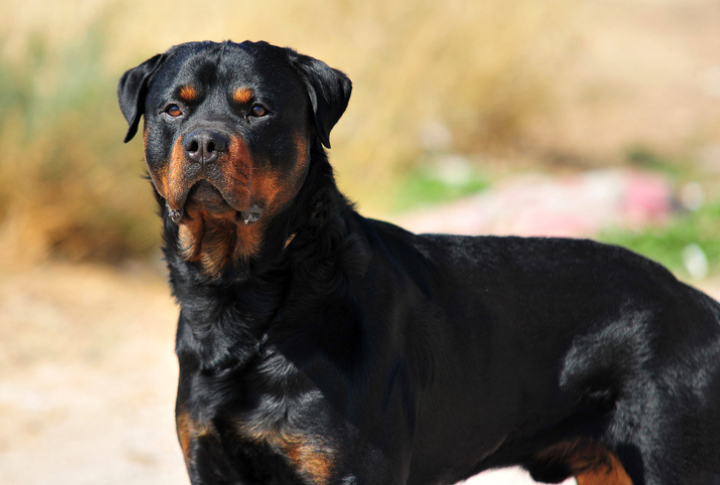
While most dogs can potentially cause injury or property damage, certain pups have earned reputations for being more aggressive, territorial, or bite-prone. In fact, the average dog bite claim is a staggering $44,760. As a result, many home insurers scrutinize dog breeds closely, and some companies flat-out refuse to provide coverage if you own breeds they deem too risky. From the big bruisers to the tiny terrors, here are 15 dogs that could have you labeled as a home insurance liability.
Pit Bulls
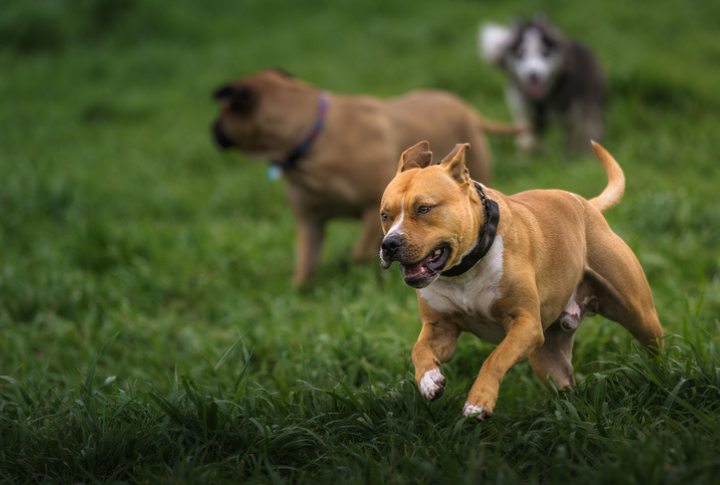
Initially bred for grueling sports like bull-baiting and bear-baiting, pit bulls are tenacious, powerful, and unrelenting in combat situations. Their muscular builds and strong jaws allow them to inflict severe damage if they become aggressive. While devoted fans praise pits as gentle companions, many insurance companies remain wary of the breed’s violent tendencies and propensity for aggression, especially toward strangers.
Rottweilers
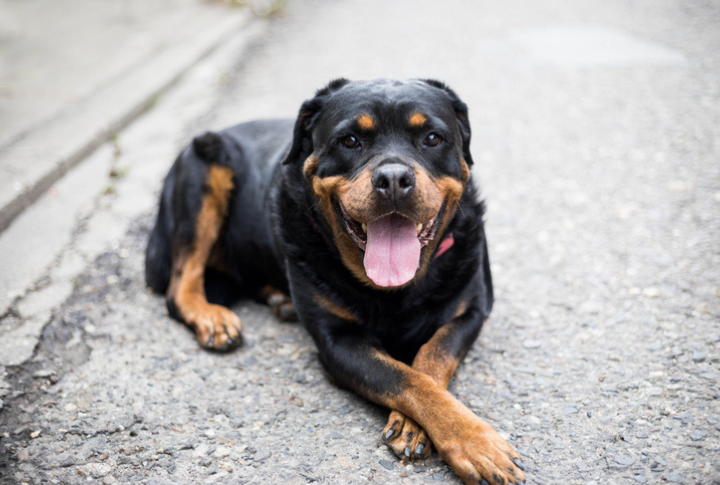
These are the descendants of drover dogs tasked with guarding cattle and pulling carts of valuable meat products. That’s why rottweilers have an innate protective drive hardwired into their DNA. Their imposing size, stocky strength, and tendency to be territorial around unfamiliar people raise red flags for home insurance providers. Rotties require strict training and socialization to override instincts to patrol and protect their territory.
Doberman Pinschers
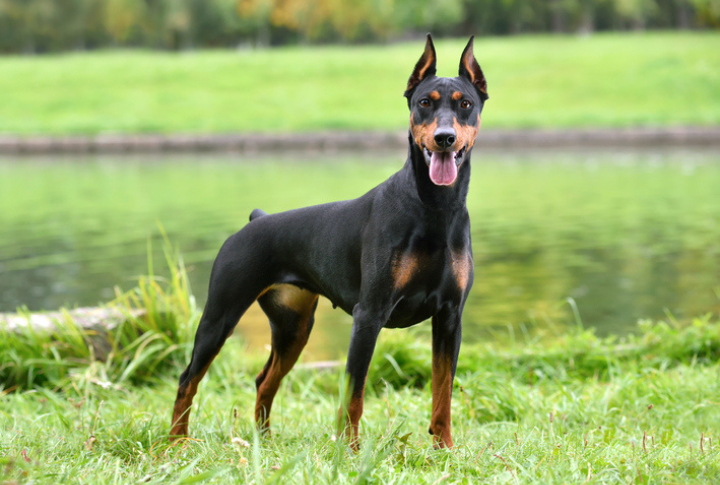
Dobermans exude confidence, alertness, and a fearless demeanor that is not palatable for many insurers. Their sleek muscular builds, fast reflexes, and willingness to defend their owners against perceived threats make them formidable protector dogs. However, this reputation also marks them as potential insurance liabilities.
German Shepherds
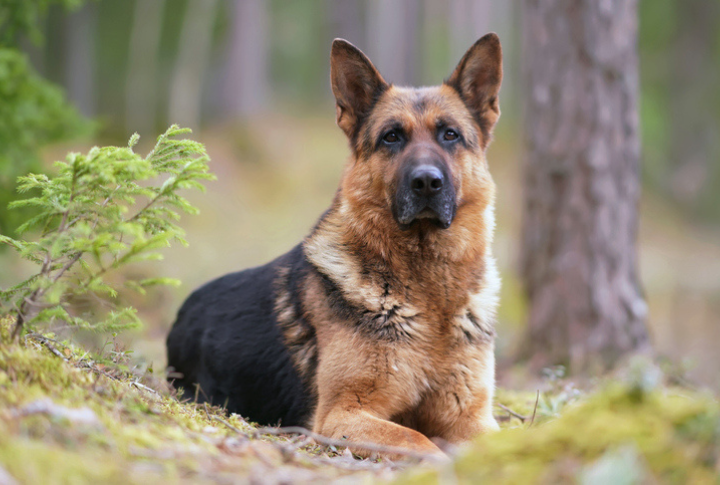
As one of the world’s most famous police, military, and service dog breeds, German shepherds are renowned for their courage, intelligence, and unmatched versatility. However, the traits that make them valuable working dogs—like their laser focus, protective instincts, and willingness to back up handlers—can also translate into territorial aggression when not adequately controlled in home settings.
Akitas
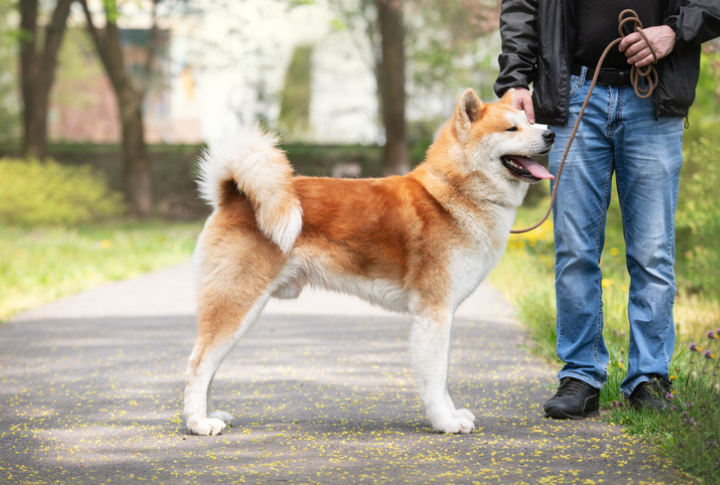
Ancestors of this formidable Japanese breed were employed as guardians of royalty and the nation’s most valuable possessions, so their protective drive is intense. Known for their fearlessness, power, and unwavering loyalty to their families, a stranger’s slightest provocation could trigger an Akita’s fight response. Their reserved demeanor and willingness to use force are concerning for insurers.
Chow Chows

With their signature scowling expressions and fluffy teddy bear looks, it’s easy to underestimate chow chows until you discover their ancestry as ancient Chinese hunting dogs. Their behavior patterns and protective demeanor raise liability concerns. While usually good companions in the home, Chows can be highly territorial and distrustful of strangers encroaching on their domain.
Presa Canarios
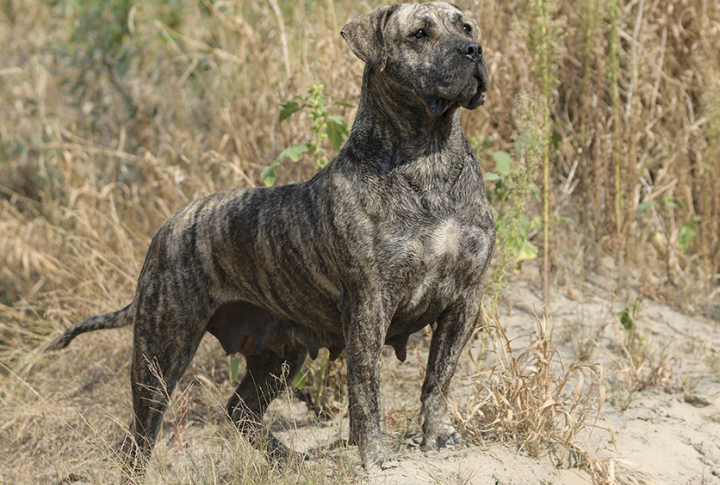
These massive, muscular mastiff-type dogs hail from the Canary Islands, where they were carefully bred over centuries as guardians of farms and estates. With their enormous size and bone-crushing bite force, Presa Canarios are not a breed to be trifled with lightly. Home insurers are immediately put off by their aggressive and territorial tendencies.
Wolf-Dog Hybrids

By interbreeding domesticated dogs with wild wolves, these controversial hybrids can exhibit unpredictable behavior that’s difficult to insure against. With their high prey drives, defensive instincts, and roaming tendencies, wolf dogs remain in touch with their ancestral wild sides in ways that make them vulnerable.
Coyote Hybrids
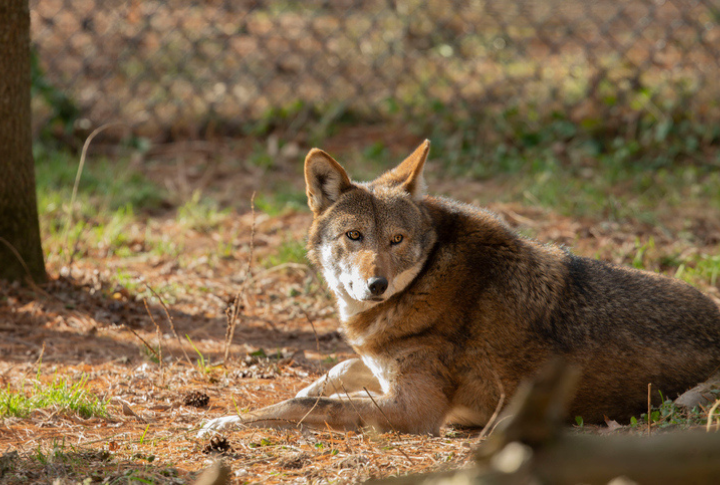
By cross-breeding domesticated dogs with wild coyotes, these hybrid pups essentially contain the unpredictable forces of nature within them. How will the coyote genetics manifest? Excessive predatory tendencies, running instincts, or defensive aggression? Insurers need help to assess these wild pups properly.
Mastiffs
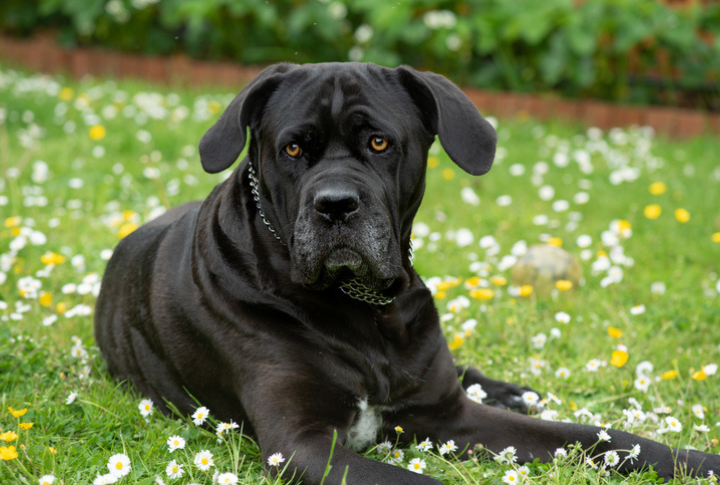
With their immense size and strength bred for guarding and protection, mastiffs can be an intimidating liability for home insurers. Their mass alone makes them capable of accidentally knocking down children or causing significant damage if they do bite.
Huskies
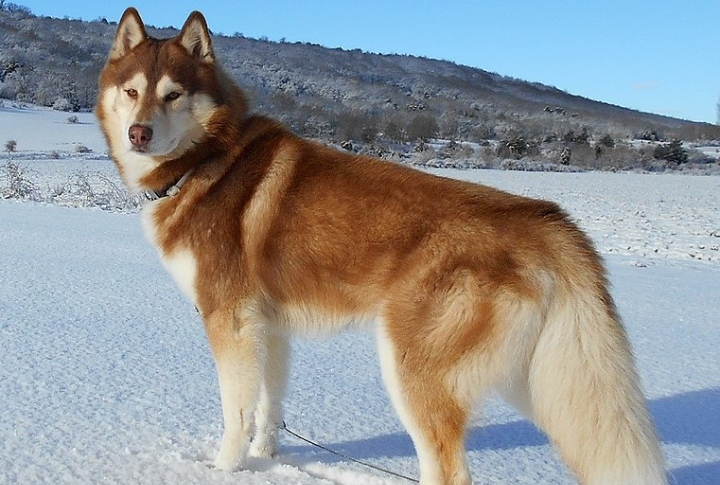
While typically friendly with families, huskies descend from sled dog breeds with strong prey drives and guarding instincts. Some insurers may worry about their tendency to bark, dig, wander, and aggression toward smaller animals.
English Bulldogs
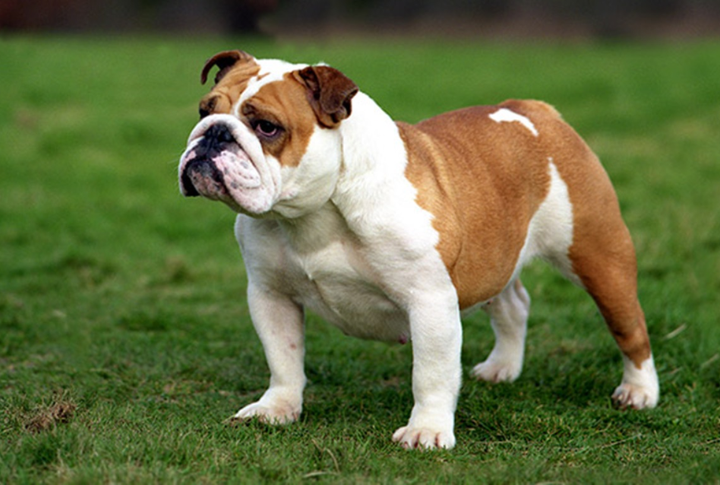
Don’t let their comical wrinkles and lolling tongues fool you—English bulldogs were once bred for the bloodsport of bull-baiting. Their muscular build, territorial nature, and tendency to be stubborn understandably give some insurers second thoughts.
Beaucerons

As an intense French herding breed tasked with vigilantly guarding flocks, Beaucerons have a severe disposition and protective drive. This is why some home insurers may deem them too high-risk for coverage if adequately controlled.
Alaskan Malamutes
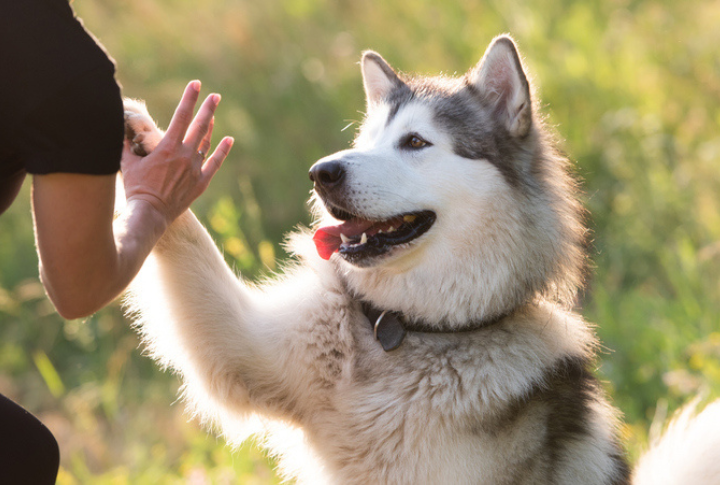
Their power, strength, and stamina were bred for hauling heavy sleds. Still, those same traits make malamutes formidable dogs that could potentially do severe damage to strangers, property, and even children. Their guarding background and prey drive give insurers reservations.
Great Danes
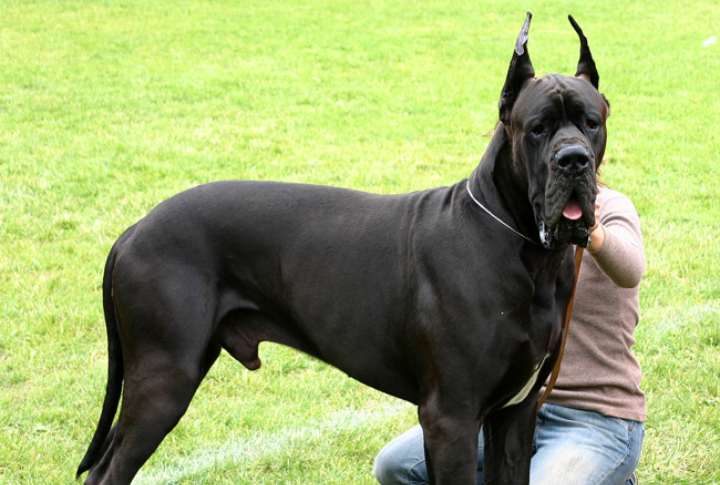
While typically gentle, Great Danes were originally bred to hunt wild boar, meaning they have the size, speed, and determination to injure if provoked seriously. Even in play, their immense strength could accidentally injure someone, leading to a potential liability claim.

Comments
Loading…